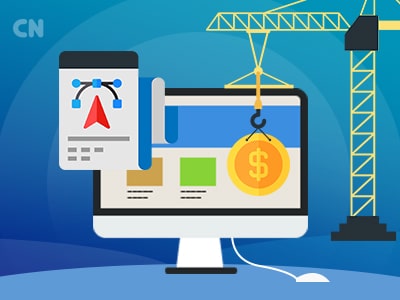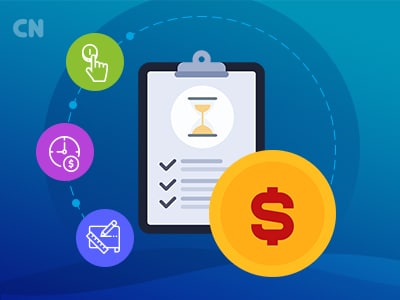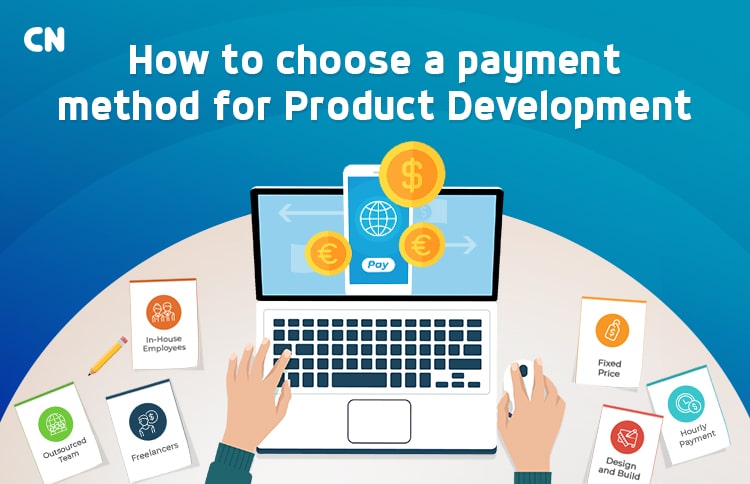How to choose a payment method for Product Development
Table of Contents
…Even if You’ve Never Done it Before and Don’t Know Where to Start
Hiring a developer to develop your product? Stop right there.
Before you go any further, you have to know the risks involved. If you have a great idea and want to execute on it quickly, it’s tempting to use the first development option you can think of and ask them to hurry! Entrepreneurs are especially notorious for jumping in headfirst and trying to deal with problems as they arise.
But that could lead to enormous, unforeseen consequences. If you take this hasty approach with an incorrect development model, your brilliant idea will turn into a slow, expensive process – dragging on and on with no end in sight.
But don’t let that deter you. Pick the right model, and you’ll get fast, cost-effective development, finished on time and under-budget. You can quickly put your product on the market and start making sales.
In order for that to happen, however, you must pick the best model for your payment and development.
Three Hiring Models
So what is your best option?
It varies, of course, depending on your needs. Keep reading for an in-depth look at the development and pricing models you can use to finish your product, plus suggestions to help you pick the right one.
In-House Employees

This is the favored method for large companies who have the funds to attract and retain top-tier talent – and there’s a reason for that. Hiring and keeping good developers with a good salary and benefits is a privilege enjoyed by long-established, large-scale companies with the budget to do so.
Despite the expense, many companies consider this model to be reliable. Management is easier and employees can adapt to the company culture. If you have the leadership and management to enjoy a multifaceted in-house team that can handle the demands of any project, this may be a good option.
However, if you aren’t one of the largest companies in your space, you probably won’t benefit from this model. The expense and difficulty of keeping all the staff retained and even bringing on new employees as for changing project requirements makes it non-viable for most smaller companies.
Freelancers

The number one benefit to freelancers: they are considerably more cost efficient than an in-house hire. [About four times more, as a matter of fact.] Freelancers come with zero overhead, require very little time to ramp up, and have very specialized skills. They can usually get the job done quickly, and they are best used to augment a small core of in-house employees. So if you have almost all the requisite talent for a project, but need to bring in additional skill sets to “fill the gaps,” freelancers are perfect.
The downside is that freelancers require a lot of management, and they are notorious for under-delivering. If you have effective team management workflows in place to support one or more freelancers in addition to your core team, it can be a great option. Otherwise, you might be caught flat-footed when freelancers “flake” and leave your project half-finished and behind schedule.
Outsourced Product Development Team

Offering a blend of accountability and speed, remote teams are a flexible option for small or mid-tier companies who want to be more competitive. A good outsourced product development company will provide complete development teams, management, and strategic development cycles with touchpoints to keep you in the loop.
People tend to object to the idea of “outsourcing,” because they think that there will be no communication or transparency. But an outsourced development partner has a vested interest in keeping its teams as accountable as if they were working in the office next door. In fact, their entire business model depends on it.
This is by far the most effective option for smaller or midsize companies with nonexistent or small teams. A good outsourcing partner will be as fast and efficient as freelancers while maintaining the accountability and quality assurance of an in-house team. If you don’t have the budget to compete with larger companies, but freelancers aren’t fulfilling all of your requirements, an outsourced product development company will meet your needs in a cost-effective manner.
Four Ways to Pay for Product Development (Plus A Bonus You Might Not Have Considered)
Now that you’ve decided on a course of action for development, we have to move on to part two: the best ways to pay for it. Don’t be caught thinking that there’s a one-size-fits-all solution. In most cases, you’ll have to utilize a mix of the methods below to get your project completed. Here they are:
Fixed Price

Generally, it’s best to avoid this type of contract. Under this payment model, requirements are agreed to in advance and the remote agency will give you a fixed quote for the requirements.
If you have a small project proposal, or a project broken down into very small steps, then fixed-price may be a simple and effective option. But it’s not the best model for complex projects. Sometimes complexities and problems arise and require more hours to solve and thus more money. The agency cannot go over the fixed price, even if the development demands it, but the client wants as much work done as possible. This creates a situation where the parties spend more time negotiating than doing the work.
Per Hour

Working with developers, this is the most common pricing model. A good agency will give you a close estimate of the overall cost, and keep transparent and accountable records for every developer. As with freelancers, each developer will be billed at an hourly rate.
This is a great option if you need to work closely with the development team on a complex project. However, in order for this model to be good for you, the remote agency must be completely transparent about hours worked and the amount of work you’re getting.
“Design And Build”

You may not be familiar with this method, because it’s only recently started to get popular. But if you’re working for a smaller company, it could be your best option.
This model emulates the purchasing of a product rather than paying for a development service. With a “design and build” model, you just buy the product from the developer, who would take the design costs into account for the purchase price. So you get a simplified purchasing decision without a much higher cost, and the product development team doesn’t have to devote extra resources towards managing your expectations. Plus, since the developer owns the IP, this creates an incentive to create a good product that performs competitively in the market.
Streamlining project delivery through a single contract between the owner and the design-build team transforms the relationship between designers and builders into a collaborative alliance. The parties become a united team at the outset of the project. An integrated team will of course complete a project faster, more cost effectively, and with fewer change orders.
Combination Payment

As we’ve already said, most projects will require a combination of these models. You could conceivably hire freelancers to augment your core team, while working with a remote agency on product development, all at once. To do this you would certainly have to use a mix of fixed-price and hourly pay and you may even use a “design and build” model.
Bonus: Equity

Thought it might be rare, for some projects it might be useful to exchange equity for work done. If you’re a startup, for example, you might give the agency equity in return for their services if you need to quickly get an MVP off the ground.
Conclusion
Many entrepreneurs insist on a fixed-price model or try to allocate funds for an in-house team, when there are actually far more effective ways to complete your product development. Traditional models are quickly being replaced by newer, creative, and more efficient methods. By knowing the pros and cons associated with each model, and understanding the best way to combine them, you’ll save yourself a lot of time and even money in the long term.














